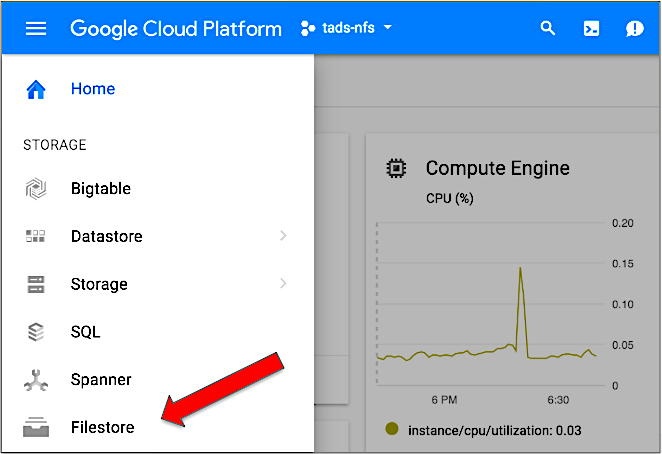 CLOUD
CLOUD
 CLOUD
CLOUD
 CLOUD
CLOUD
Google LLC is priming its cloud computing services for a star turn in Hollywood with a new Los Angeles region and storage services announced today.
The search giant had already announced it would be opening a region, or physical location, for its Google Cloud Platform in the area, providing faster cloud services with less latency. Now it has revealed that will become available starting in July as the fifth region in the U.S. for Google Cloud, which also has 12 international regions and plans for more in Hong Kong, Osaka and Zurich.
At least as important, Google also announced a new cloud service for managing file storage for applications that need to provide access to shared files. That’s a common kind of storage used by media and other companies. It’s distinct from the other two types of cloud storage: block storage such as Google’s Persistent Disk or Amazon Web Services Inc.’s Elastic Block Store for databases and other business systems, and object storage such as Google Cloud Storage or AWS’ S3 for multimedia, data analytics and the like.
Google’s new Cloud Filestore, to be released in beta test mode in July, is intended for applications such as content management systems, website hosting and so-called render farms, groups of networked computers for rendering computer-generated images for animated films. They require low-latency access to files and high throughput on operations with lots of metadata and unstructured rich-media content.

The company trotted out some early users of the service, including the boutique marketing agency Jellyfish and the face recognition platform ever.ai. And it’s useful for oil and gas exploration, electronic design automation and other fields. But Google particularly touted its use in rendering, as LA-oriented a computing activity as anything.
Because of rendering’s stringent computational and low latency requirements, it traditionally has been done on on-premises computers. But that can be very expensive when the machines are used intensively only for a few weeks or months at a time for a movie. So a cloud option provides a potentially lower-cost solution with the ability to scale up quickly as needed.
Google is coming to file storage later than other cloud providers such as AWS, which provides what it calls its Elastic File System or EFS. But by providing up to 30,000 input-output operations per second or IOPs with the premium version of Cloud Filestore, Dominic Preuss, director of product management at Google Cloud Platform, claimed in an interview, “it’s beyond what you can do with other cloud services out there.”

Google Cloud’s Transfer Appliance
Yet another offering from Google also trails the competition: a Transfer Appliance for moving large amounts of data to Google Cloud, which was announced last year and is now generally available in the U.S. It’s a high-capacity physical server for transferring more than 20 terabytes of data, which can take more than a week to upload.
But the appliance trails AWS’ introduction of its Snowball appliance by well over two years, not to mention a much larger appliance in a 45-foot truck introduced in late 2016, as well as offerings from IBM Corp. and Oracle Corp.
Preuss noted that Google’s top-end 480TB box is bigger than other vendors’, and he contended that the physical size of it — it can fit into a standard 19-inch server rack — is “a more efficient way of doing this” than a big truck. And some early customers are already using it, including Schmidt Ocean Institute, Eleven Inc. and Airbus Defense and Space Geo Inc.
Google is hardly new to Hollywood, of course. YouTube has steadily grown its engagement with big entertainment and media, and it has a large facility southwest of Hollywood, once the hangar where Hughes Aircraft built the Spruce Goose in the 1940s, that’s possibly the world’s largest production facility for online video.
Now it’s hoping to leverage those longstanding connections to aiming to bring its cloud chops to that game. And it may be a market in which, like its focus on machine learning in its cloud, it can mount a credible challenge to rivals such as AWS, which counts a raft of media and entertainment companies as customers, including for tasks such as rendering, such as Walt Disney Animation Studios, Pixar, and Sony Pictures Imageworks. Moreover, AWS last year bought Thinkbox Software Inc., which makes software that media and entertainment architects and engineers use to manage render farms, or collections of high-performance computer systems, including those in the cloud.
THANK YOU